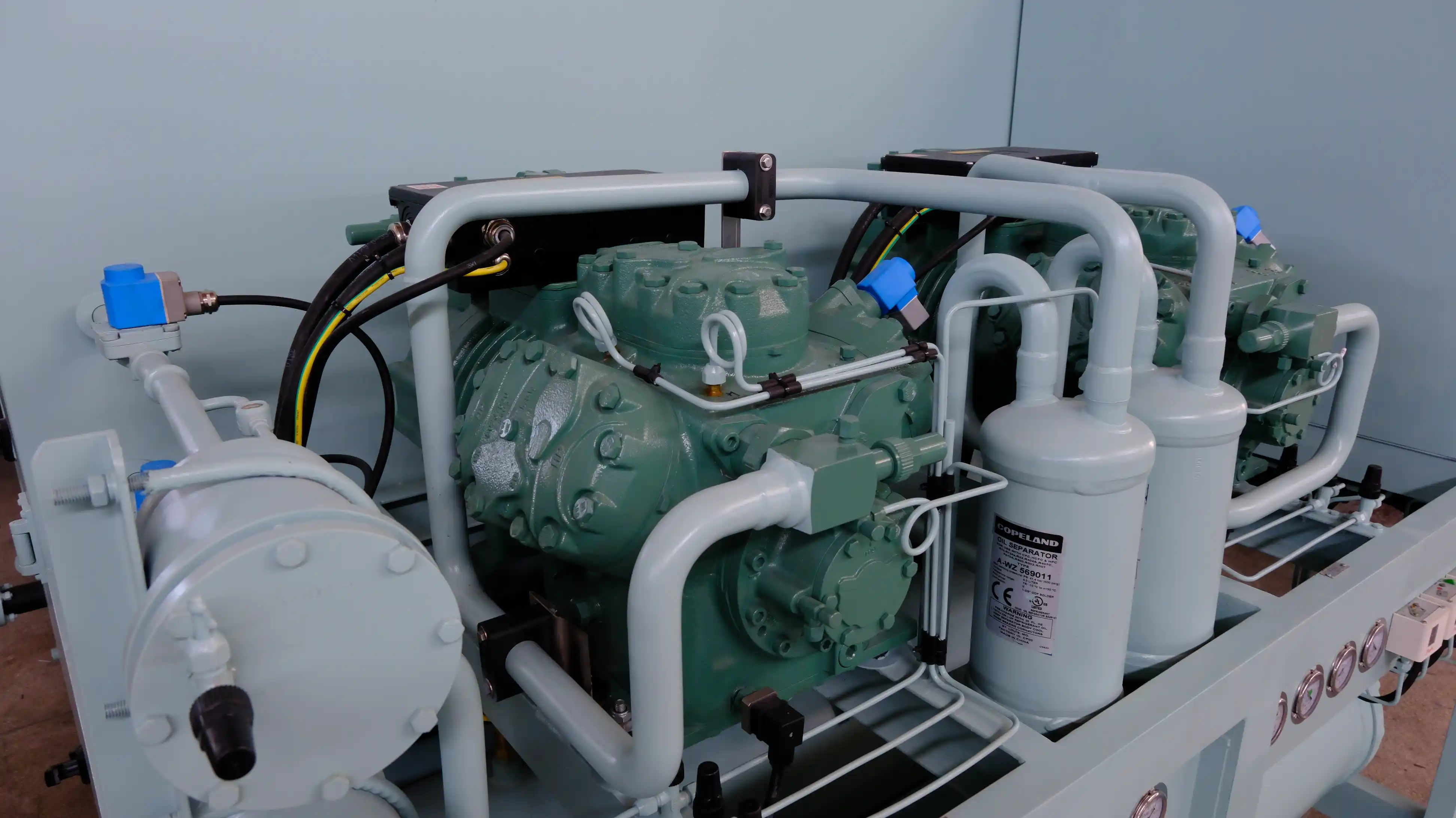Is UV Printing the Same as Digital Printing?

When it comes to printing, there are many different methods available, each with its own unique advantages and disadvantages. Two popular printing methods are UV printing and digital printing. While they may seem similar at first glance, there are some key differences between the two.
UV printing is a type of printing that uses ultraviolet light to cure or dry the ink as it is printed onto the substrate. This process allows for faster printing speeds and produces a more durable and vibrant print. UV printing is often used for printing on materials such as plastic, metal, and glass.
Digital printing, on the other hand, uses a digital file to print directly onto the substrate. This method is ideal for printing small quantities or personalized items, as it allows for quick and easy customization. Digital printing is often used for printing on paper, fabric, and other materials.
So, is UV printing the same as digital printing? The answer is no. While both methods involve printing onto a substrate, the processes and materials used are different. UV printing is a type of printing that uses ultraviolet light to cure the ink, while digital printing uses a digital file to print directly onto the substrate.
When deciding which printing method to use, it is important to consider the specific needs of your project. If you are printing on materials such as plastic or metal, UV printing may be the best option. If you need to print small quantities or personalized items, digital printing may be the way to go.
In conclusion, while UV printing and digital printing may seem similar, they are in fact two distinct printing methods. By understanding the differences between the two, you can make an informed decision about which method is best for your project.




